
Shrimp injected with impurities is easy to distinguish: Smart people will see this point
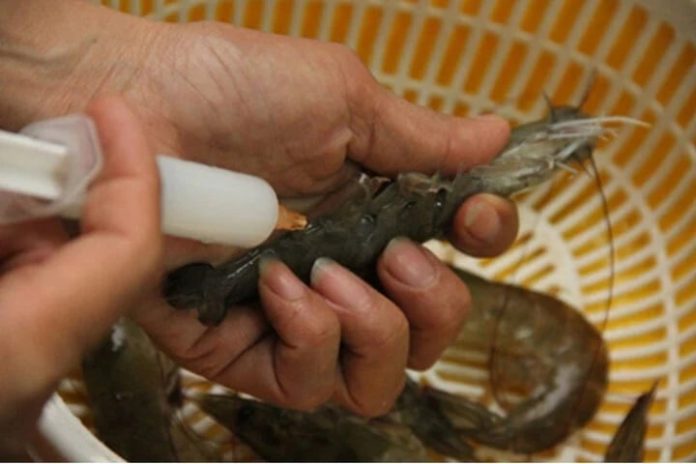
How to Identify Shrimp Injected with Impurities — Protect Your Family’s Health
Shrimp is a highly nutritious food that’s loved by many households. It’s rich in protein, minerals, and omega-3 fatty acids, and it often appears in daily family meals. However, shrimp spoils quickly after death — its nutritional value drops rapidly and can even become harmful to human health. Because of its short shelf life and relatively high price, some dishonest traders resort to injecting impurities into shrimp to increase its weight and maximize profit. Unfortunately, this practice poses serious risks to consumers.
Let’s learn how to identify adulterated shrimp and make smarter, safer choices for your family’s table.
Why Impurity-Injected Shrimp Is Dangerous
The injection of foreign substances into shrimp is not only deceitful but also extremely hazardous. These impurities are usually not on the list of food-grade additives approved for consumption. Some traders use substances such as agar powder, starch, or ground low-grade shrimp mixed with water to form a thick gel that can be injected into the shrimp’s body to make it look fresher and heavier.
Consuming these contaminated shrimp over time can lead to digestive problems such as food poisoning, diarrhea, or stomach pain. More alarmingly, long-term accumulation of toxic substances can cause chronic illnesses or damage internal organs. That’s why identifying shrimp adulteration is crucial for your health and safety.
How to Recognize Shrimp Injected with Impurities
Impurity-injected shrimp are often tiger prawns because they have large bodies suitable for injection. Here are some telltale signs to help you spot them easily:
-
Unnatural stiffness: Normal shrimp have a slightly curved, flexible body. If the shrimp looks rigid and unnaturally straight, it may have been injected.
-
Swollen gills: Impurity-injected shrimp have bulging, stiff gills, while fresh shrimp have flat and soft gills.
-
Unusually plump body: The body appears swollen, the segments between the shell plates are stretched, especially near the head joint.
-
Separated head and body: The head may appear loose or detached because the injected gel pushes it apart.
-
Watery when cooked: When boiled or fried, injected shrimp release a lot of liquid, shrink in size, and have a bland, mushy texture.
-
Visible gel under the shell: After cooking, you might notice a layer of jelly-like substance between the shell and the meat, especially around the head and gills.
Signs of Shrimp You Should Never Buy
Even if the shrimp hasn’t been injected, other signs can still tell you it’s not safe to eat:
1. Soft or slimy shell with a strong odor
When holding shrimp, if you notice a sticky or slippery texture, it’s best not to buy it. Press gently on the shell — fresh shrimp should feel firm and resilient. If it feels soft and emits a strong fishy smell, it’s no longer fresh. Also, avoid peeled shrimp, as they are often old and frozen for a long time.
2. Spread-out tail
Check the tail to determine freshness. Natural, live shrimp tend to curl their tails inward, while adulterated or spoiled shrimp often have tails that fan outward. This can also indicate injection or improper freezing.
3. Unusual color
Fresh shrimp have a translucent blue-green or white shell with a slight shine. When exposed to sunlight, they look glossy and clean. If the shrimp appears dull, yellowish, or grayish, it’s likely been stored too long. Black spots or dark antennae are also signs of spoilage.
4. Detached head and discolored joints
Fresh shrimp have the head firmly attached to the body. If the connection between the head and body is blackened, broken, or about to fall off, it means the shrimp is not fresh. Always choose shrimp with a flexible, intact shell.
5. Loose or blackened legs
Healthy shrimp have firm, pinkish legs that are tightly attached to the body. If the legs are loose, dark, or falling off, it’s a clear sign the shrimp has started to rot.
Smart Ways to Store Shrimp for a Month Without Losing Freshness
If you find high-quality shrimp at the market, you can absolutely buy in bulk and store them for later — as long as you follow the correct preservation methods.
-
Clean properly: Rinse the shrimp in salt water to remove slime and bacteria. Cut off the long antennae and drain thoroughly.
-
Portion for meals: Divide the shrimp into meal-sized portions to avoid repeated thawing and refreezing, which destroys texture and nutrients.
Then choose one of the following preservation methods:
-
Freezing with water: Place shrimp in a food-safe container, pour in clean water to submerge them completely, seal tightly, and store in the freezer. The ice protects the shrimp from freezer burn.
-
Storing with ice cubes: Add shrimp and a few ice cubes into a container, seal it, and freeze — ideal for maintaining moisture.
-
Preserving with salt: After cleaning, mix shrimp with one or two teaspoons of salt, shake gently to coat evenly, and store in the freezer. This helps prevent bacterial growth and keeps shrimp firm and flavorful.
For best results, thaw shrimp naturally in the refrigerator before cooking instead of leaving them at room temperature. This helps retain their sweetness and texture.
Final Tips for Smart Shoppers
When it comes to seafood, freshness equals safety. Always buy shrimp from trusted sellers with clear sourcing and proper storage. If the shrimp looks too perfect — unnaturally plump, bright, and identical — that’s often a red flag.
By learning how to distinguish natural shrimp from those injected with harmful substances, you not only protect your family’s health but also support honest producers who prioritize food integrity. A few minutes of careful observation can make a huge difference on your dining table.
News in the same category


The water pipe is clogged, just blame this and it will be solved easily, no need to waste money calling a plumber.

How to clean the bathroom easily and effortlessly: It will stay clean and fragrant all week long

Simple tips for making crispy roast pork skin without much effort: Golden brown, crispy skin like in restaurants

Dirty sofa, do not use wet towel to wipe: Use this to clean it, it will not be damaged
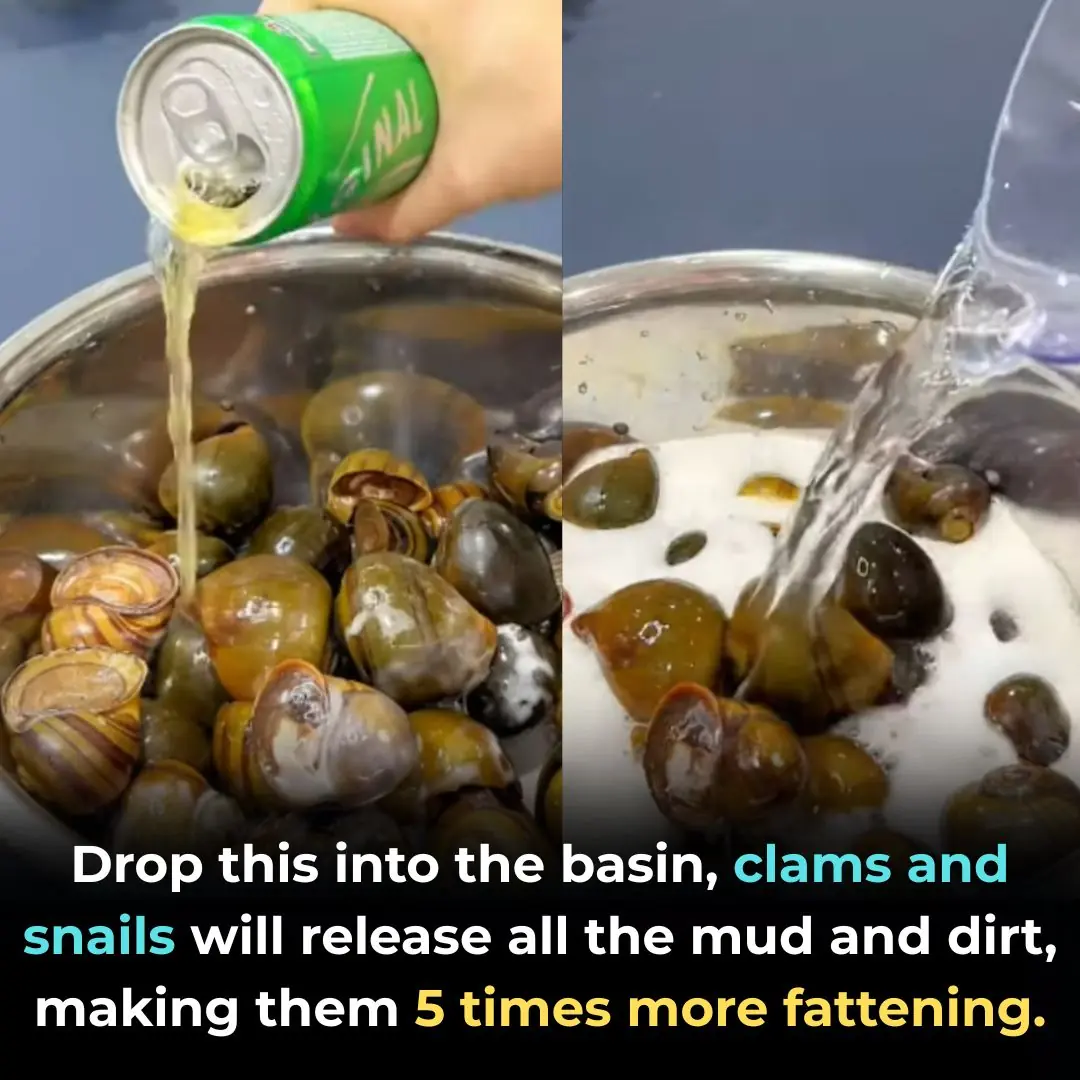
Drop this into the basin, clams and snails will release all the mud and dirt, making them 5 times more fattening.

Tips to avoid blackening pots when using gas stoves: Very simple, everyone should know

Learn from the Japanese by soaking bananas in this water: Get a longevity food, not everyone knows

See why and how to choose melon effectively...

You are doing it all wrong. Here's the right way to clean stainless steel

Should You Throw Toilet Paper in the Toilet or in the Trash?

You are doing it all wrong. Here's the right way to clean your windows

Add This to Your Mopping Water – Your Floors Will Shine Like New and Stay Dust-Free for a Whole Week

Hidden Smartphone Tricks You Didn’t Know About

Were you aware of this? Wow, I discovered something new!
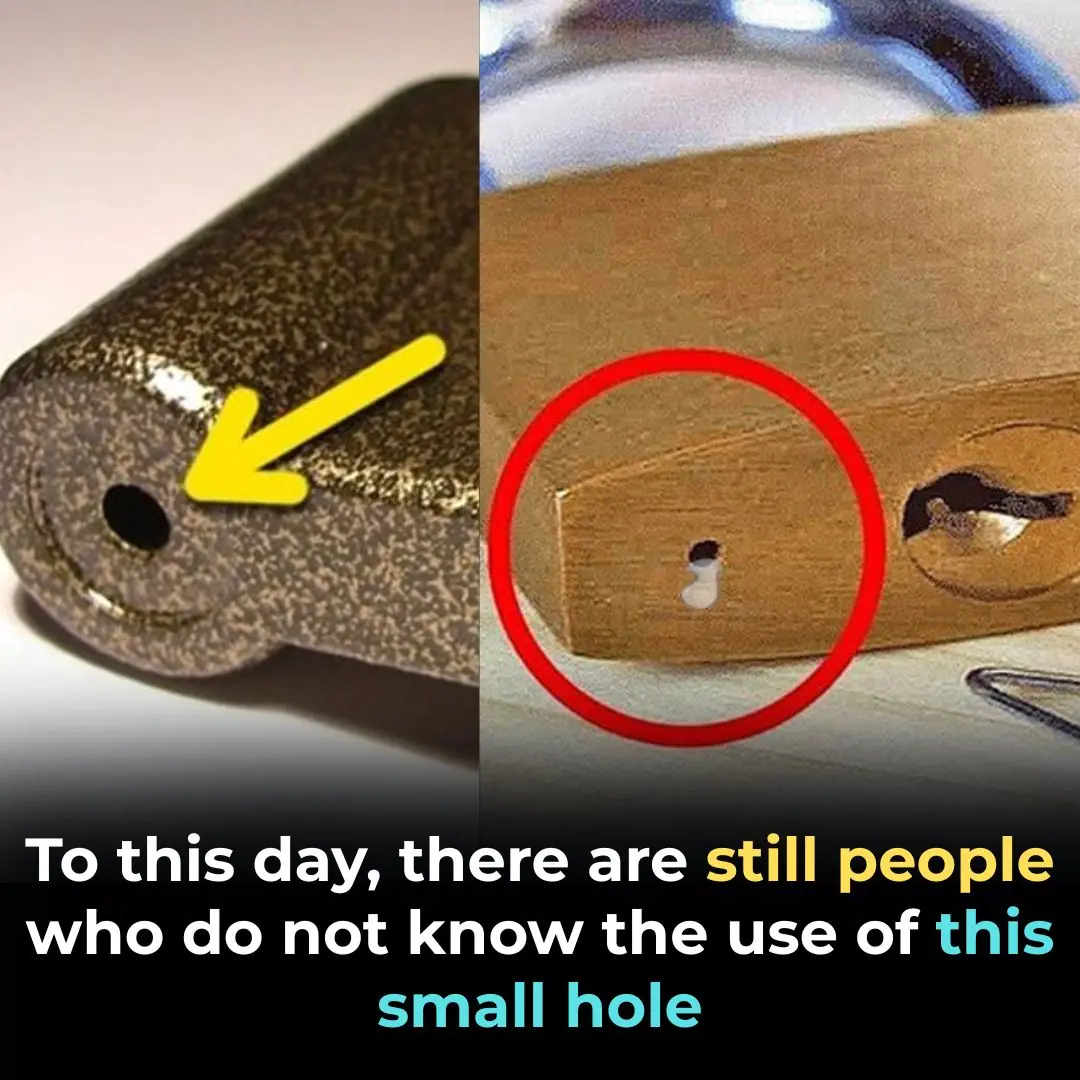
The Uses Of This Small Hole On a Padlock

You are doing it all wrong. Here's the right way to clean your washing machine

You are doing it all wrong. Here's the right way to store spices

You are doing it all wrong. Here's the right way to use your dryer
News Post
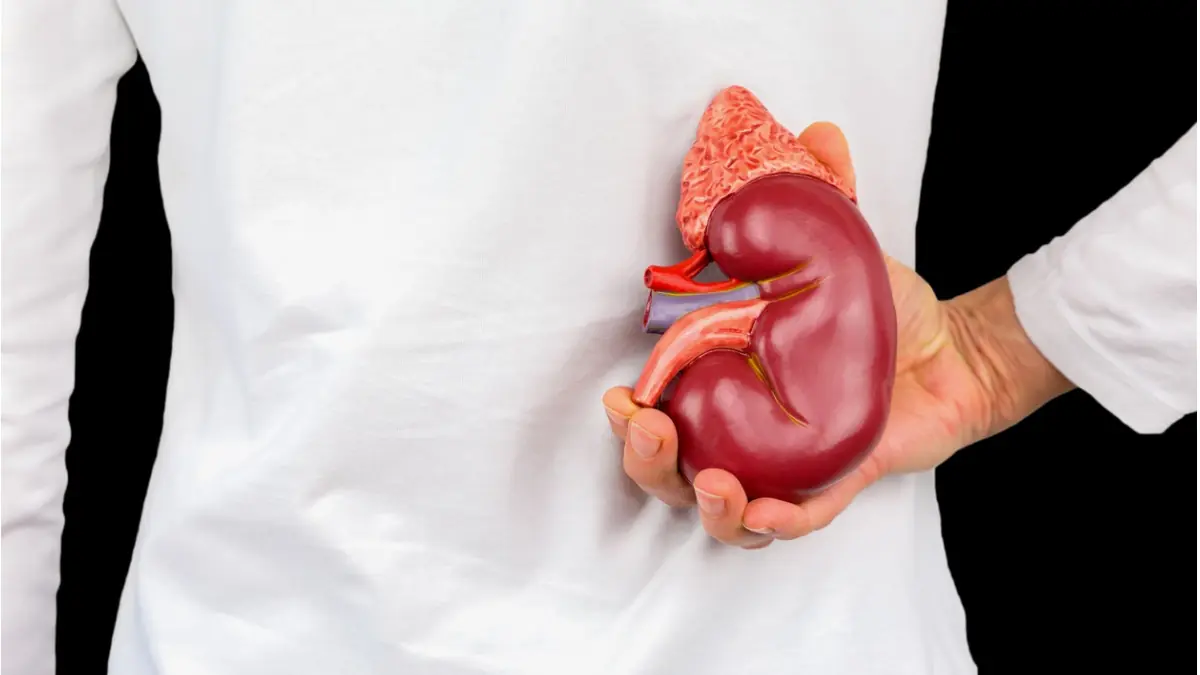
The #1 Food for Detoxifying and Supporting Kidney Health

Dark Chocolate and Tea Found to Significantly Lower Blood Pressure

Why This Doctor Refuses to Prescribe Statins for High Cholesterol
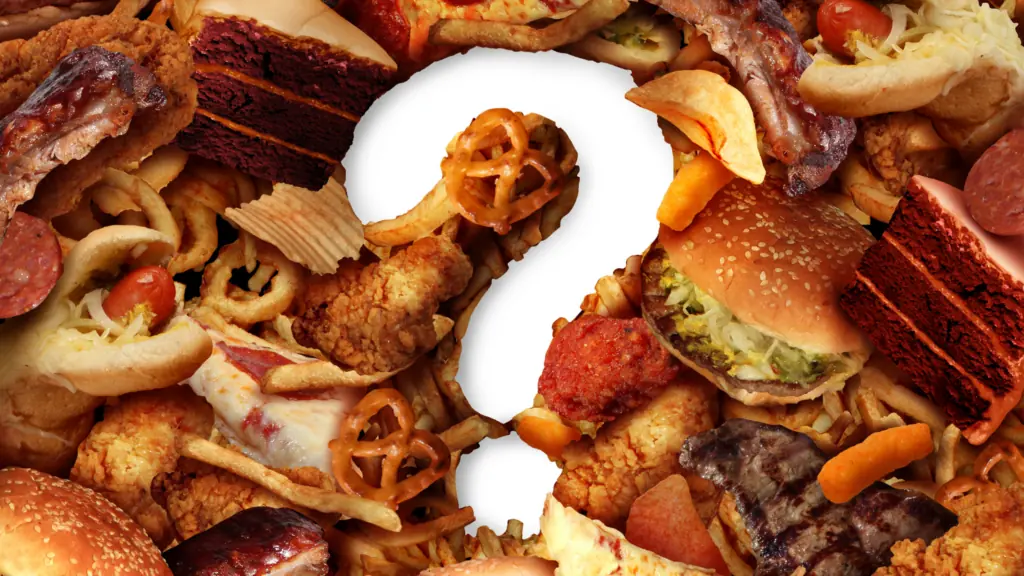
Top 5 Foods to Avoid if You Have High Blood Pressure

Why You Should Sprinkle Salt on Your Gas Stove

3 Flowers That Make Snakes Tremble — Natural Repellents You Can Grow at Home

You’re Taking Iron Supplements Wrong — Here’s the Science-Backed Way to Do It Right

Nana’s Baking Soda Hack: The Surprisingly Effective Trick to Soften and Thin Thick Toenails

Never Mix Medications in One Box: 10 Serious Risks Most People Don’t Know

The Right Way to Take Ashwagandha: A Science-Backed Guide to Unlock Its Full Potential

Tips for cleaning an air fryer without scrubbing and still clean as new
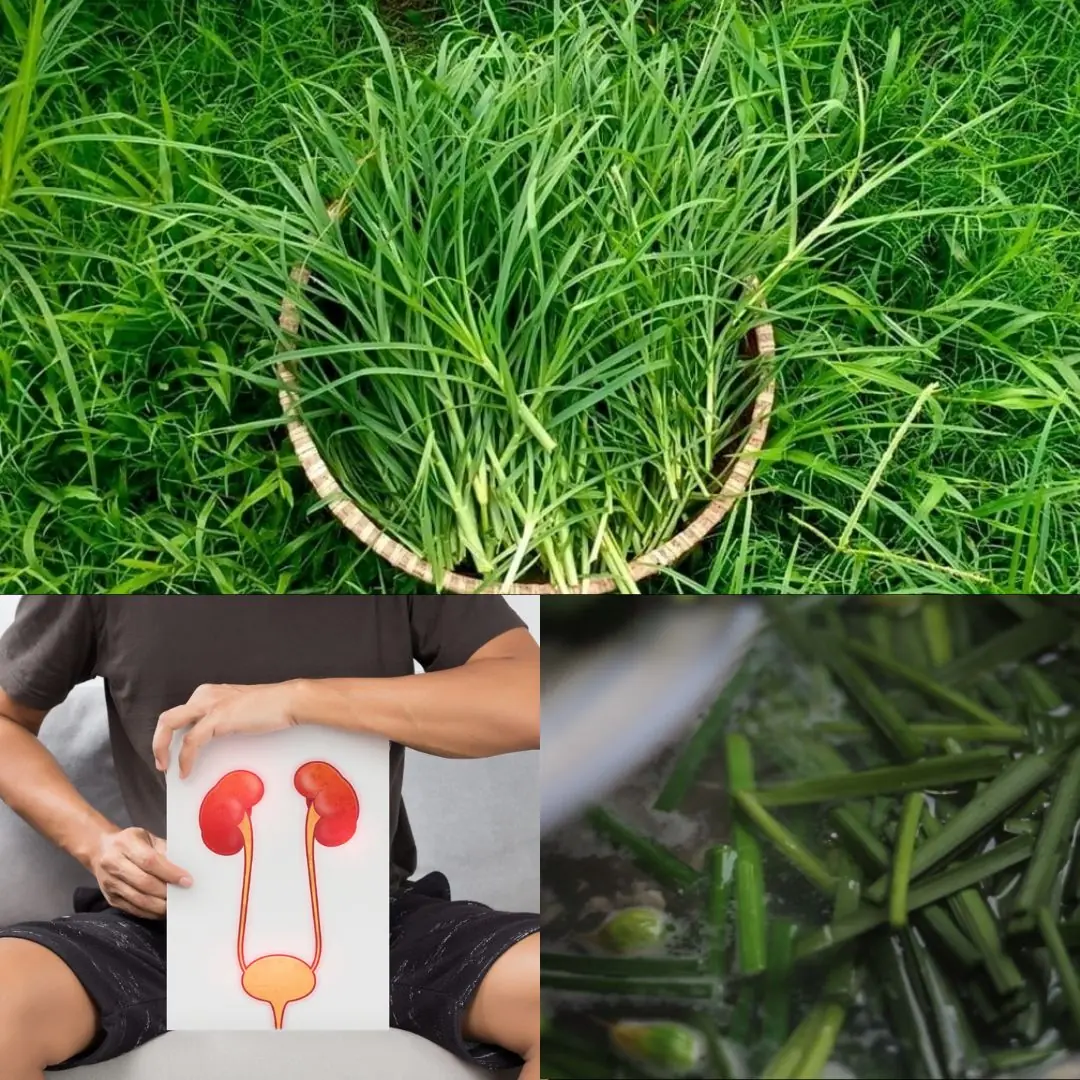
25 Incredible Health Benefits of Goosegrass

The water pipe is clogged, just blame this and it will be solved easily, no need to waste money calling a plumber.

How to clean the bathroom easily and effortlessly: It will stay clean and fragrant all week long

Simple tips for making crispy roast pork skin without much effort: Golden brown, crispy skin like in restaurants

How bathing too often can affect your health

Dirty sofa, do not use wet towel to wipe: Use this to clean it, it will not be damaged

Drop this into the basin, clams and snails will release all the mud and dirt, making them 5 times more fattening.
